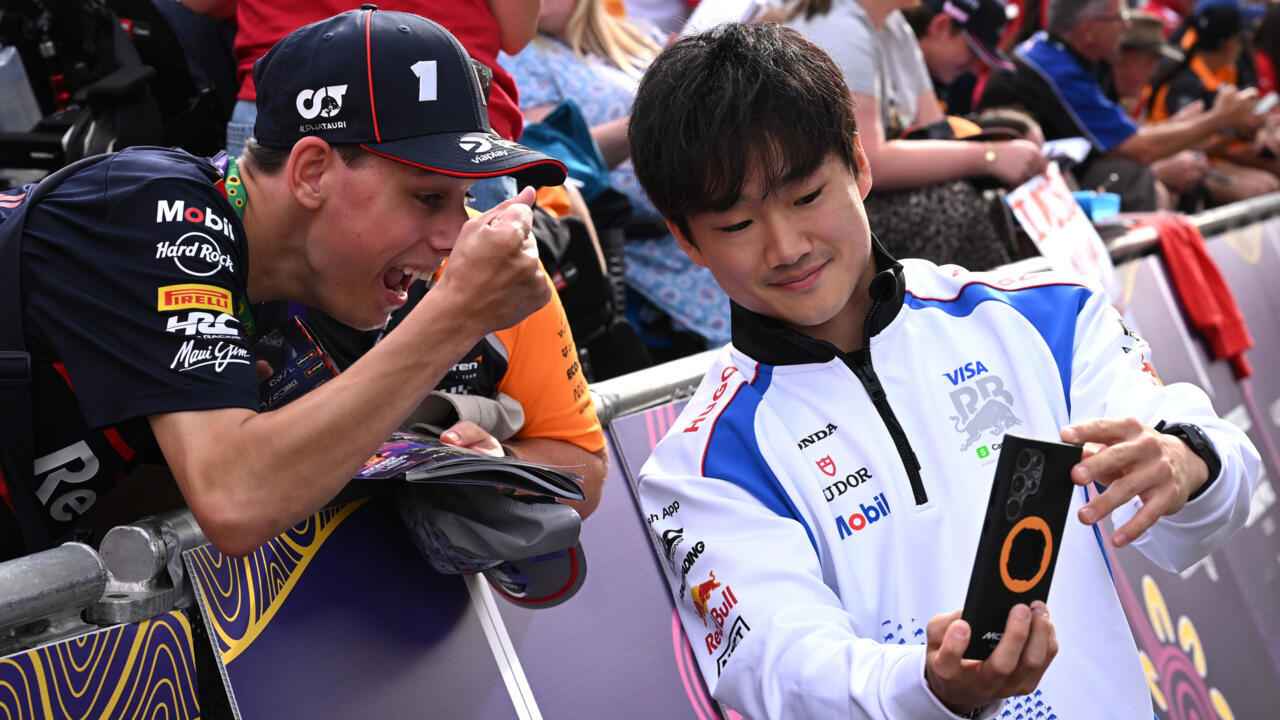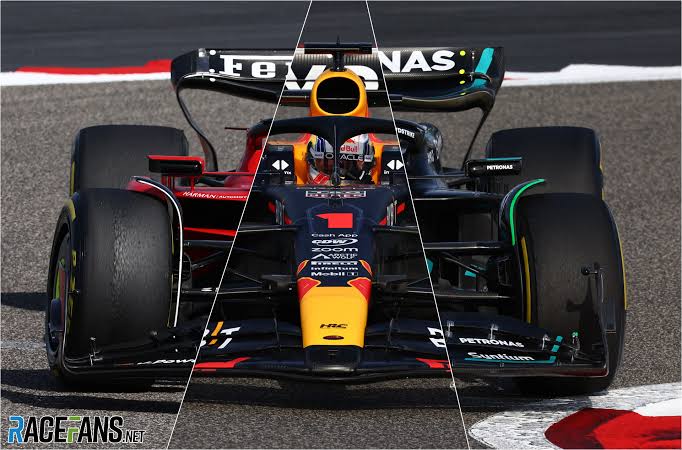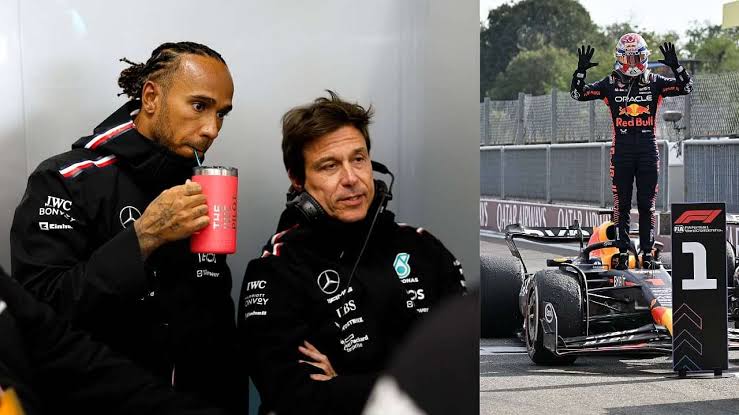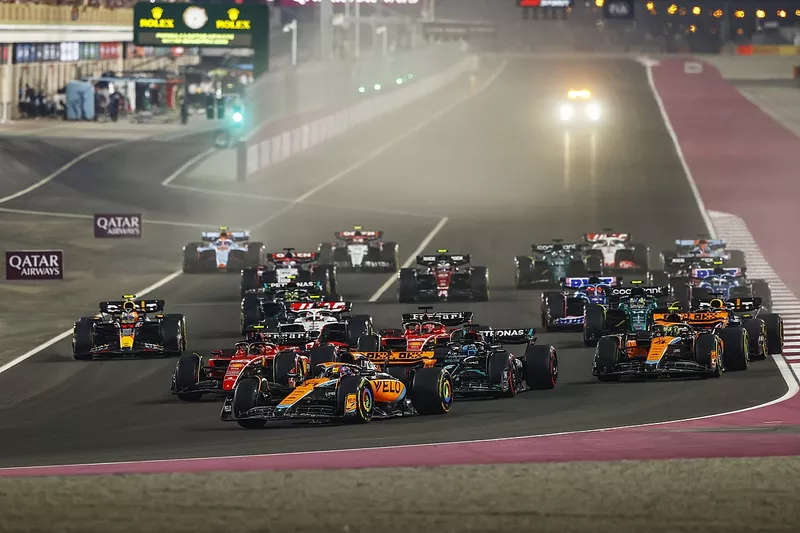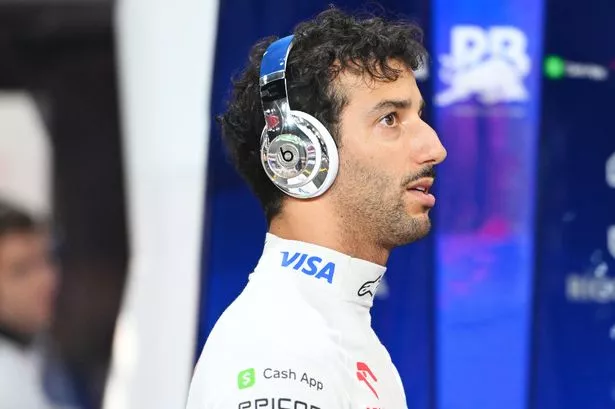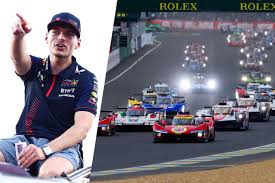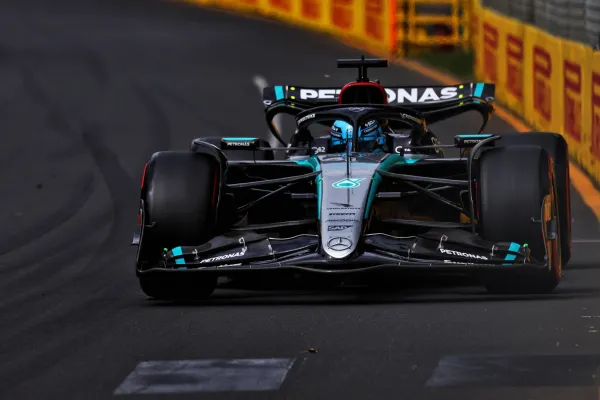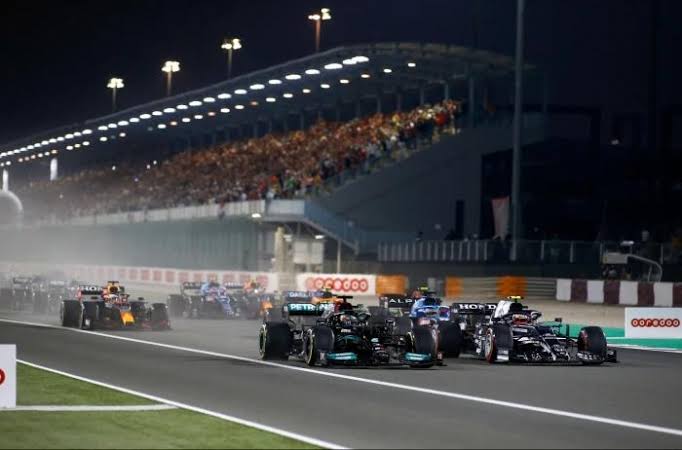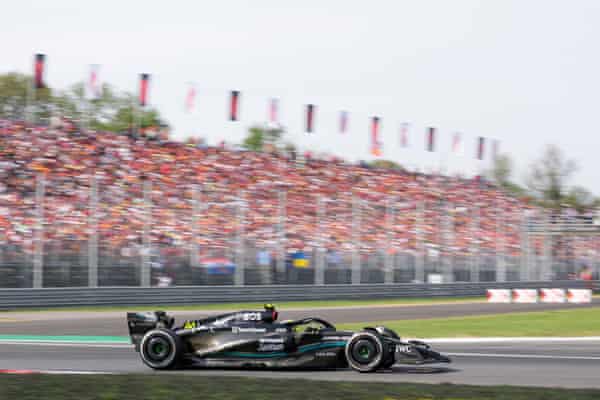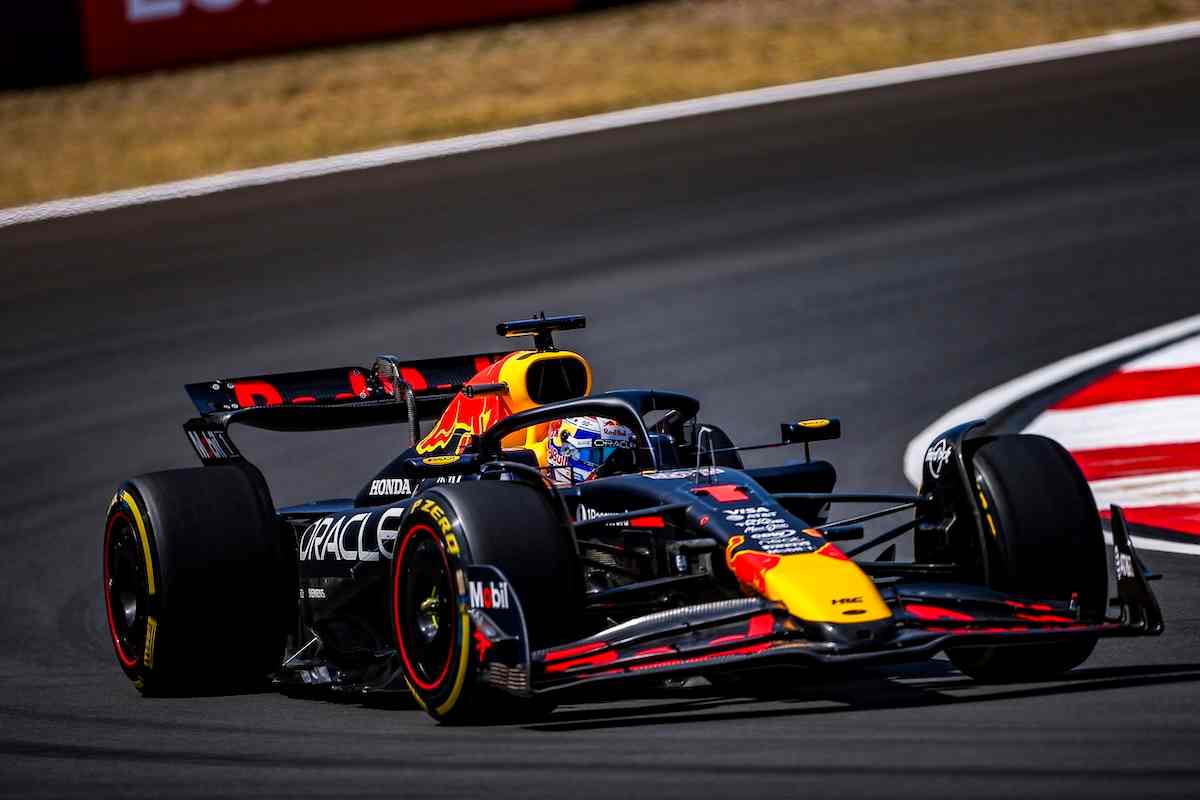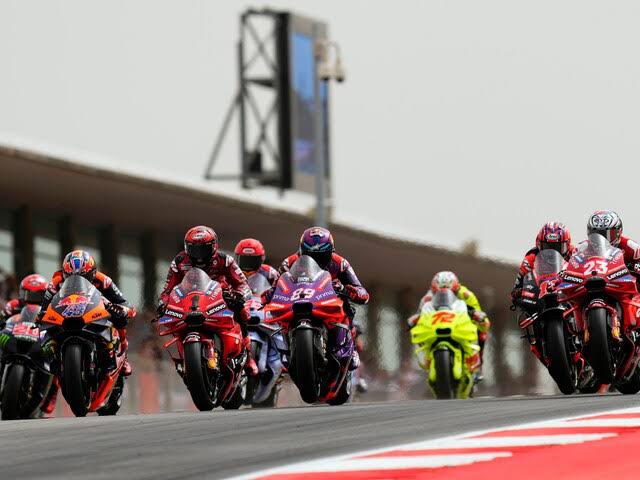Red Bull’s Controversial Call: Is Replacing Liam Lawson With Yuki Tsunoda After Two Races Justified?
Formula 1 has always been a sport defined by razor-thin margins, split-second decisions, and relentless pressure. Red Bull Racing’s recent decision to replace rookie Liam Lawson with Yuki Tsunoda after just two races has ignited a fiery debate among fans, pundits, and insiders alike. Was this move justified, or did Red Bull act prematurely in sidelining a young talent? The decision highlights the brutal nature of Formula 1 while raising broader questions about driver development, team dynamics, and the expectations placed on athletes in the pinnacle of motorsport.
Setting the Stage: Lawson’s Short-Lived Opportunity
Liam Lawson entered the 2025 Formula 1 season with high hopes. The 23-year-old New Zealander had impressed during his time in Formula 2 and as a reserve driver for Red Bull Racing. His promotion to the main team was seen as a natural step in Red Bull’s renowned driver development program, which has produced stars like Sebastian Vettel, Max Verstappen, and Daniel Ricciardo.
However, Lawson’s start to the season was anything but smooth. In his debut race at the Australian Grand Prix, he struggled in qualifying and started 18th on the grid. A chaotic race under wet conditions ended with Lawson crashing out—a disappointing result for both the driver and the team. At the Chinese Grand Prix, Lawson showed some improvement but still finished outside the points in 12th place after another challenging weekend. These performances paled in comparison to his teammate Max Verstappen, who secured podium finishes in both races.
Red Bull Racing is a team that demands excellence. With its sights set on reclaiming dominance in both the Drivers’ and Constructors’ Championships, patience is often in short supply. Lawson’s lackluster performances led to an abrupt decision: he would be replaced by Yuki Tsunoda for the remainder of the season.
Why Yuki Tsunoda?
Yuki Tsunoda has been part of Red Bull’s sister team, AlphaTauri (formerly Toro Rosso), since 2021. While his early years in Formula 1 were marked by inconsistency and growing pains, Tsunoda has matured into a reliable driver capable of scoring points regularly. In fact, his performances over the past two seasons have earned praise from both fans and team management.
Tsunoda’s experience gives him an edge over Lawson. He understands how to navigate high-pressure situations and has proven his ability to adapt quickly to different car setups. With Red Bull facing stiff competition from Mercedes and Ferrari this season, bringing in a more seasoned driver like Tsunoda could bolster their chances of securing valuable points.
The Implications of Red Bull’s Decision
1. The Ruthless Nature of Formula 1
Formula 1 is not a sport that waits for anyone. Teams operate under immense pressure to deliver results every race weekend, and drivers are expected to perform at their peak from day one. Red Bull Racing epitomizes this culture of high expectations. Over the years, we’ve seen several young drivers promoted to Red Bull only to be demoted or dropped entirely when they failed to meet standards—think Daniil Kvyat or Pierre Gasly.
Lawson’s demotion after just two races is a stark reminder of how unforgiving Formula 1 can be. While some argue that this approach ensures only the best drivers remain at the top level, others believe it creates an environment where young talent struggles to thrive under constant scrutiny.
2. The Challenges of Driver Development
Red Bull’s driver development program is one of the most successful in motorsport history, but it’s also one of the most controversial. On one hand, it has produced multiple world champions; on the other hand, its “sink or swim” philosophy often leaves promising drivers floundering.
Lawson’s rapid demotion raises important questions about how young drivers are nurtured within such systems. Should teams provide more time for rookies to adapt to the complexities of Formula 1 cars and racing strategies? Or is it fair to expect immediate results given the stakes involved?
To explore more about how F1 teams balance talent development with performance pressures, see our article.
3. Team Dynamics at Red Bull
Max Verstappen is undeniably Red Bull Racing’s star driver—a two-time world champion who consistently delivers exceptional results. Any teammate joining Verstappen must contend with playing second fiddle while also contributing meaningfully to the team’s success.
Lawson struggled to integrate into this dynamic during his brief stint with Red Bull Racing. Tsunoda’s experience may make him better suited for this role; he has spent years working alongside veteran drivers at AlphaTauri and understands how to support a team leader without compromising his own performance.
Discover how F1 teams leverage technology and data analytics to gain a competitive edge.
4. Fan Reactions and Media Scrutiny
Red Bull’s decision has sparked widespread debate among fans and media outlets alike. Many believe that replacing Lawson after just two races is harsh and unfair, while others argue that Tsunoda is simply a better fit for Red Bull’s immediate needs.
Social media platforms have been flooded with opinions on this topic—some defending Lawson as a talented rookie who deserved more time, others praising Red Bull for prioritizing results over sentimentality. This kind of scrutiny can have significant effects on both drivers involved; Lawson must now rebuild his confidence away from Formula 1’s spotlight, while Tsunoda faces heightened expectations as he steps into one of motorsport’s most demanding roles.
Learn more about how driver dynamics can influence team success in Formula 1 at [LINK].
What Does This Mean for Liam Lawson?
For Liam Lawson, being replaced by Tsunoda is undoubtedly a setback—but it doesn’t necessarily spell the end of his Formula 1 career. Many drivers have faced similar challenges early in their careers only to bounce back stronger later on.
Lawson will likely return to Red Bull’s junior program or take up a reserve driver role for another team. This period could provide him with valuable opportunities to refine his skills without the intense pressure of racing at the top level.
Find out how young drivers can navigate challenges in high-pressure environments like F1 at [LINK].
What Lies Ahead for Yuki Tsunoda?
Stepping into Red Bull Racing comes with its own set of challenges for Yuki Tsunoda. While he brings experience and consistency to the table, he must now prove himself in one of Formula 1’s most competitive teams alongside one of its fiercest drivers.
Tsunoda will need to quickly adapt to Red Bull’s car dynamics while also establishing a strong working relationship with Verstappen—a task easier said than done given Verstappen’s dominant presence within the team.
Conclusion: A Bold Move or Premature Judgment?
Red Bull Racing’s decision to replace Liam Lawson with Yuki Tsunoda after just two races reflects both their commitment to performance and their ruthless approach to driver management. While some may view this move as justified given Lawson’s struggles early in the season, others see it as an example of Formula 1’s unforgiving nature.
Ultimately, only time will tell whether this decision pays off for Red Bull—or if it ends up being remembered as yet another instance where promising talent was sacrificed too soon in pursuit of immediate results.
As fans continue debating this controversial call, one thing remains certain: Formula 1 never fails to deliver drama both on and off the track!
